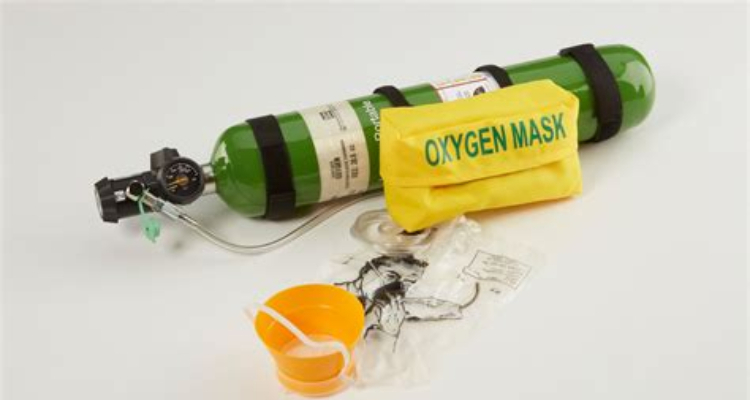
Hypoxia is a critical concern in aviation that every pilot and crew member should be well-versed in. Characterised by a lack of sufficient oxygen reaching the body's tissues and organs, hypoxia can have detrimental effects on cognitive functions and motor skills, putting pilots and passengers at significant risk. This article will delve into the symptoms, causes, and prevention strategies for hypoxia in the aviation context.
Defining Hypoxia
Hypoxia is a medical condition where insufficient levels of oxygen are delivered to the body’s cells and tissues. In aviation, it's often related to high altitudes where the air pressure and oxygen levels are lower.
Symptoms of Hypoxia in Aviation
The symptoms can vary but often include:
- Confusion
- Fatigue
- Shortness of breath
- Impaired judgement
- Blue-tinged skin or lips
- Visual impairment
Understanding these symptoms is crucial for prompt detection and action.
Causes of Hypoxia
Hypoxia in aviation can be categorised into four main types:
- Hypoxic Hypoxia: Occurs due to low oxygen levels at high altitudes.
- Hypemic Hypoxia: Caused by an inability of the blood to carry sufficient oxygen, often due to carbon monoxide poisoning.
- Stagnant Hypoxia: Results from poor circulation.
- Histotoxic Hypoxia: Occurs when the body's cells can't effectively use the oxygen that is available, often due to alcohol or drugs.
Prevention Strategies
Pre-flight Briefing and Training
Pilots and crew should be educated about the risks and symptoms of hypoxia as part of their training and recurrent briefings.
Onboard Oxygen Supplies
Most commercial and high-altitude planes are equipped with supplemental oxygen systems that can be used in case of hypoxia symptoms.
Cabin Pressurisation
Maintaining a pressurised cabin can help mitigate the risks of hypoxia.
Regular Health Checks
Ensuring that pilots are in good health can lower the risk of hypoxia. Conditions like anaemia can increase susceptibility to hypoxia.
Immediate Actions
If symptoms are detected, immediate descent to lower altitudes is advised. Administer supplemental oxygen if available.
Frequently Asked Questions
What is the most common type of hypoxia in aviation?
Hypoxic hypoxia is the most common form encountered in aviation, typically arising from flying at high altitudes where oxygen levels are lower.
How quickly should one act upon noticing symptoms of hypoxia?
Immediate action is essential upon recognising symptoms of hypoxia. Delay in descending to lower altitudes and administering oxygen can worsen the condition.
Are pilots regularly trained to deal with hypoxia?
es, dealing with hypoxia is part of standard pilot training, and recurrent training sessions often include hypoxia risk education.
Conclusion
Understanding the intricacies of hypoxia, including its symptoms, causes, and prevention methods, is vital for the safety of everyone aboard an aircraft. Adequate training and preparedness are key.
